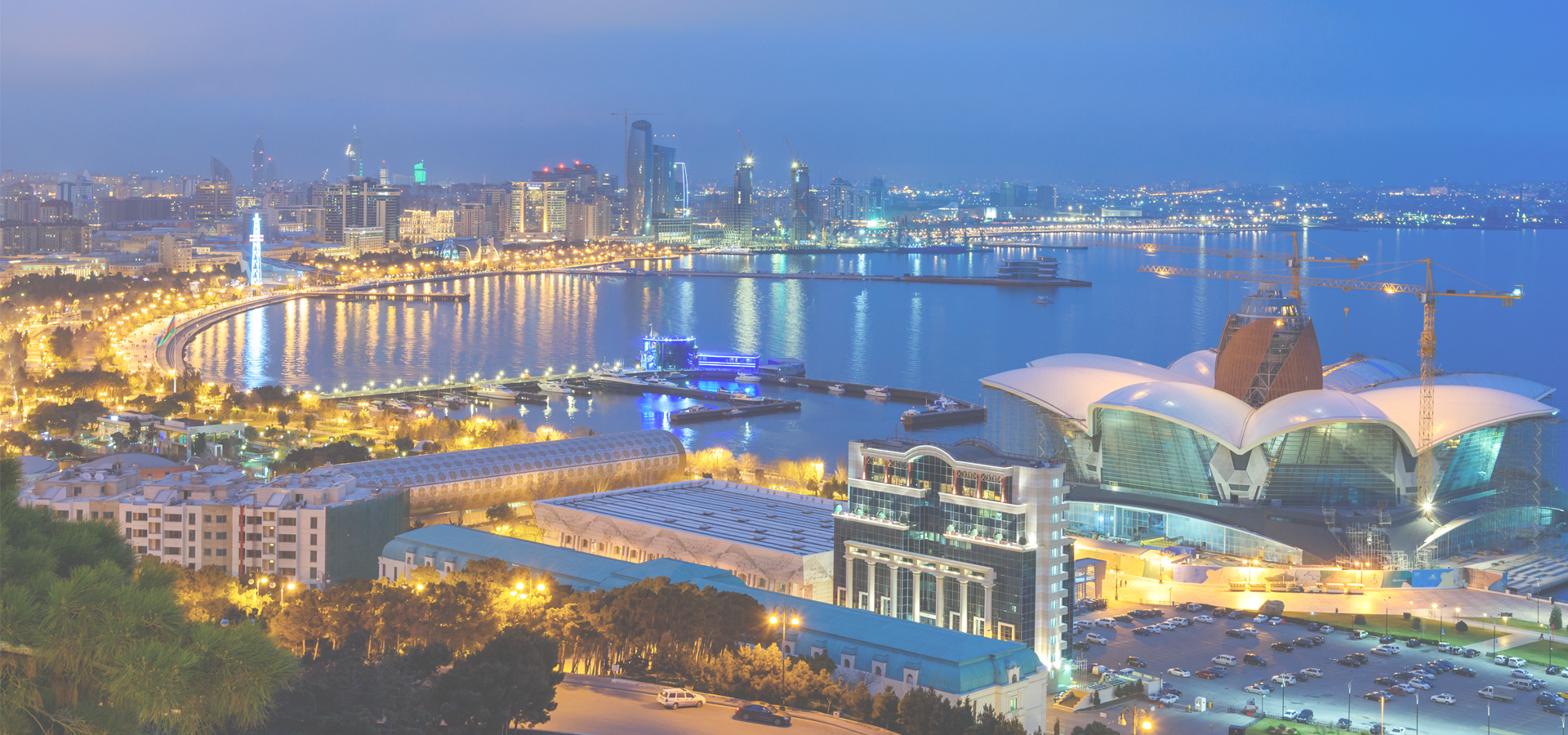Martakert, Tartar District, Azerbaijan
🇦🇿 Martakert (Մարտակերտ) or Aghdara (Ağdərə ) is a town de facto in the breakaway Republic of Artsakh as the administrative capital of its Martakert Province, de jure in the Tartar District of Azerbaijan, in the disputed region of Nagorno-Karabakh. The town has an ethnic Armenian-majority population, and also had an Armenian majority in 1989. The town underwent heavy destruction by Azerbaijani forces while under their control during the First Nagorno-Karabakh War.
Etymology Traditionally the name of the town is interpreted as consisting of the elements mard ("man, person", or in this context "brave") and kert ("built by"), supposedly referring to the inhabitants' reputation for bravery. Other explanations link the name with the word matuṛ ("chapel"). The Azerbaijani name for the settlement, Aghdara, translates to "white valley".
History The site of the settlement was historically a part of the Melikdom of Jraberd, one of the Melikdoms of Karabakh.
During the Soviet period, Martakert was the administrative centre of the Martakert District of the Nagorno-Karabakh Autonomous Oblast. It received the status of an urban-type settlement in 1960.
Historical heritage sites Historical heritage sites in and around the town include tombs from the 2nd–1st millennia BCE, the pre-Christian Krapasht Cemetery, the medieval village of Taza Khach (Armenian: Թազա խաչ), cemeteries from between the 17th and 19th centuries, St. John the Baptist Church built in 1883 (Armenian: Սուրբ Հովհաննու Կարապետ եկեղեցի, romanized: Surb Hovhannu Karapet Yekeghetsi, possibly originating from as early as the 13th century), and a bridge across the Kusapat River from the early 20th century.
First Nagorno-Karabakh War During the First Nagorno-Karabakh War (1991–94), Martakert and the surrounding district saw heavy fighting, especially during the Azerbaijani Operation Goranboy and the Mardakert and Martuni Offensives in 1992. The town was captured by Azerbaijani forces on 4 July 1992, forcing Martakert's Armenian population to flee the town. Martakert was heavily damaged during the First Nagorno-Karabakh War and many of its buildings remain ruined and uninhabited. According to Thomas Goltz, who was in Martakert in September 1992, the town became a "a pile of rubble", noting "more intimate detritus of destroyed private lives: pots and pans, suitcases leaking sullied clothes, crushed baby strollers and even family portraits, still in shattered frames". HRW later noted that harsh actions taken by Karabakh Armenian forces during and after the offensive against Aghdam were seen as a revenge for the Azeri destruction of Martakert, in the context of the tit-for-tat nature of the conflict. Martakert was recaptured by Armenian forces on 27 June 1993. The area around the town has been controlled by Artsakh since the end of the war. Some of Martakert's natives gradually returned over the years, but many remained in Armenia, Russia, and elsewhere.
Border clashes (1994–2020)
The 2008 Mardakert clashes began on 4 March after the 2008 Armenian election protests. It involved the heaviest fighting between ethnic Armenian and Azerbaijani forces over the disputed region of Nagorno-Karabakh since the 1994 ceasefire after the First Nagorno-Karabakh War.
Armenian sources accused Azerbaijan of trying to take advantage of ongoing unrest in Armenia. Azerbaijani sources blamed Armenia, claiming that the Armenian government was trying to divert attention from internal tensions in Armenia.
In 2020, some clashes along the ceasefire lines took place near Martakert.
2020 Nagorno-Karabakh war During the 2020 Nagorno-Karabakh war, the town was bombed by Azerbaijani forces more than once, resulting in civilian deaths.
Geography The town is located on the right bank of the Tartar River, between two mountains.
Economy and culture The population mainly works in different state institutions as well as with agriculture. As of 2015, Martakert has a municipal building, a house of culture, two schools, two kindergartens, a youth centre, 88 commercial enterprises, two factories and a regional hospital. The enlarged municipal community of Martakert includes the villages of Haykajur, Jraberd, Maralyan Sarov, and Levonarkh.
Baku Time

Martakert has a population of over 4,600 people. Martakert also forms part of the wider Tartar District which has a population of over 104,700 people. Martakert is situated near Tartar.
Twin Towns, Sister Cities Martakert has links with:
🇱🇧 Bourj Hammoud, Lebanon 🇫🇷 Sarcelles, France 🇦🇲 Vagharshapat, Armenia🇮🇷 Kermanshah 47.05
🇲🇬 Fianarantsoa 47.078
🇷🇺 Cheboksary 47.247
🇲🇬 Antanifotsy 47.324
🇷🇺 Makhachkala 47.472
Locations Near: Martakert 46.8,40.2
🇦🇿 Tartar 46.917,40.333 d: 17.8
🇦🇿 Stepanakert 46.752,39.812 d: 43.3
🇦🇿 Berdzor 46.533,39.633 d: 67
🇦🇲 Kapan 46.402,39.198 d: 116.5
🇦🇿 Qabala 47.833,40.967 d: 122
Antipodal to: Martakert -133.2,-40.2
🇵🇫 Papeete -149.566,-17.537 d: 17044.9
🇦🇸 Pago Pago -170.701,-14.279 d: 15376.3
🇹🇴 Nuku'alofa -175.216,-21.136 d: 15527.7
🇼🇸 Apia -171.76,-13.833 d: 15260.9
🇨🇱 Valdivia -73.233,-39.8 d: 15009.1
🇨🇱 San Pedro de la Paz -73.1,-36.833 d: 14873.8
🇨🇱 Concepción -73.05,-36.817 d: 14869
🇨🇱 Chiguayante -73.017,-36.917 d: 14870.7
🇨🇱 Port Montt -72.933,-41.467 d: 15049
🇨🇱 Puerto Montt -72.933,-41.467 d: 15049